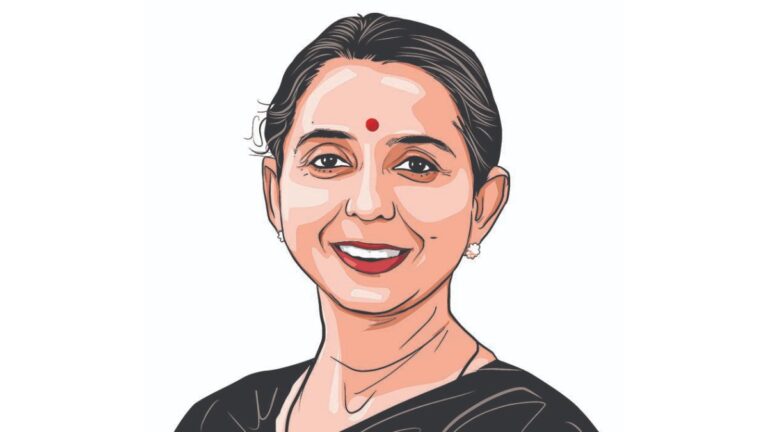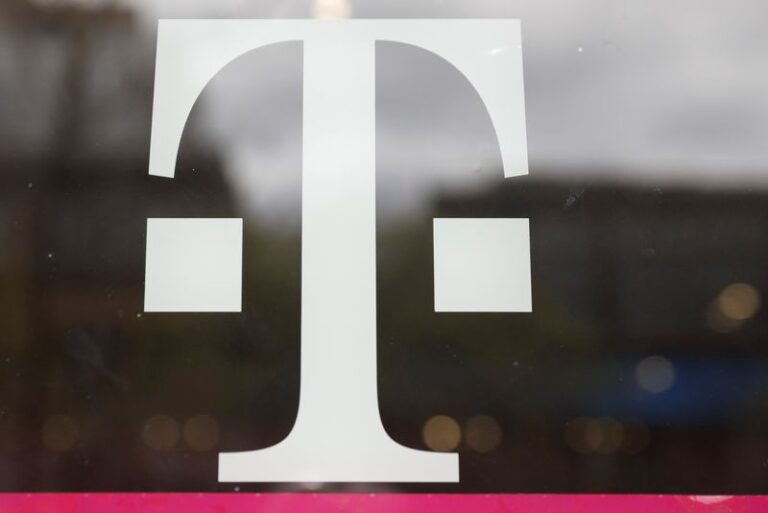Space cooperative documents have been signed with 61 countries and five multilateral bodies. The major areas of collaborations are satellite remote sensing, satellite navigation, satellite communication, space science and planetary exploration and capacity building.
Indian Space Research Organization (ISRO) is already working with the space agency of USA (NASA) for realizing a joint satellite mission, named ‘NISAR (NASA ISRO Synthetic Aperture Radar)’ which is in the advanced stages of realization. ISRO is working with CNES (French National Space Agency) for realizing a joint satellite mission named ‘TRISHNA (Thermal Infrared Imaging Satellite for High Resolution Natural Resource Assessment)’, which is in the initial stages. ISRO and JAXA (Japan Aerospace Exploration Agency) have carried out a feasibility study to realize a joint lunar polar exploration mission. ISRO also collaborated with NASA and Axiom Space for sending its astronaut to the International Space Station.
– Advertisement –
The details of support given to private sector to launch large scale missions in space is as detailed below:
- The space sector is liberalized to allow Non-Governmental Entities (NGEs) to engage in full space activities.
- The Indian National Space Promotion and Authorization Centre (IN-SPACe) is established to promote, enable, authorize and supervise the activities of NGEs.
- The Indian Space Policy, 2023 is formulated along with Norms, Guidelines & Procedures (NGP) and FDI policy to ensure regulatory clarity and foster a thriving space ecosystem.
- Various schemes were introduced like Technology Adoption Fund, Venture Capital Fund for Space sector, Seed Fund Scheme, Pricing Support, Mentorship and Technical Labs to support start-ups and NGEs in Space Sector, signed 79 MoUs with NGEs and issued 77 authorizations as of 31.03.2025.
- Announcement of Opportunity was made for making available Indian Orbital Resources to the NGEs in which 1 entity is selected as successful bidder.
- IN-SPACe has facilitated 2 successful sub-orbital flights from Indian Space startups in November, 2022 and May, 2024 respectively. In addition to this, 6 NGEs have launched 14 satellites into orbit, demonstrating their capabilities.
As part of approval received by the Government for Gaganyaan Follow-on Missions leading to Precursor for Bhartiya Space Station (BAS) – Revision in Gaganyaan Programme on 9th October 2024, the integrated schedule includes the following:
- Gaganyaan missions comprising of three uncrewed missions and one crewed mission
- Precursor missions for BAS comprising of one crewed mission, International Space Station (ISS) docking mission, BAS-1 mission and BAS-1 docking mission
The current status and key milestones achieved in the Gaganyaan programme, are as follows:
– Advertisement –
New Developments:
- Human Rated Launch Vehicle (HLVM3): Development and ground testing completed.
- Orbital Module: Propulsion systems for Crew Module and Service Module developed and tested. Environmental Control & Life Support System (ECLSS) engineering model realized.
- Crew Escape System (CES): 5 types of motors developed and static tested.
- Infrastructure established:Orbital Module Preparation Facility, Gaganyaan Control Centre, Gaganyaan Control facility, Crew training facility, Second Launch pad modifications.
- Precursor Missions: A Test Vehicle developed for validating CES and flight tested in TV-D1. Activities progressing for TV-D2 and IADT-01.
- Flight Operations and Communication Network: Ground network configuration finalized. IDRSS-1 feeder stations and terrestrial links established.
- Crew Recovery Operations: Recovery assets finalized. Recovery Plan worked out.
First Uncrewed Mission (G1): C32-G stage and CES motors realized. HS200 Motors and CES Fore end up to Crew Module Jettisoning Motor stacked. Crew Module and Service module structure realized. Crew Module Phase-1 checks completed.
Towards BAS-1 mission
- Major activities carried out including preliminary configuration and preliminary accommodation studies for various systems.
- Overall system engineering of BAS-01 module and detailed engineering of various identified subsystems have commenced.
- Hardware specification identification and interface requirements finalization are being carried out.
- Configuration of various systems are being finalized.
Indigenous technologies can be used for space exploration in the domain of several remote sensing and in – situ payloads. For remote sensing, matured indigenous technologies exist for spectrometers, cameras, telescopes, seismometers, as well as thermal probes. Such instruments have been flown in missions like AstroSat, Chandrayaan 1,2,3, Mars Mission, Aditya – L1, as well as XpoSat mission.
ISRO has achieved significant achievements in the use of indigenous technologies for space exploration missions. Some of the key missions wherein the indigenous technologies are recently developed are- docking and rendezvous in Spadex mission, lander and rover in Chandrayaan-3 mission, critical payloads in Aditya-L1 mission, satellite subsystems realized for earth observation, communication and navigation satellites, etc.
While key technologies and some of the parts/ materials/ components are being realized within the country, few of the Electrical, Electronics & Electro-Mechanical (EEE) components, carbon fibres, solar cells. Detectors, Travelling Wave Tube Amplifier (TWTAs), etc., are being imported.
Indian Space programme is self-reliant to a large extent towards realizing satellites and launch vehicles. As on today, the Department is not exporting any aerospace product at any level.
As mentioned above, significant amount of progress has been achieved in terms of development of indigenous technologies. However, certain parts/ materials/ components are being imported for realization of the satellite systems. As on today, ISRO has achieved capabilities in building expendable launch vehicles which can launch up to 4.2 tonne to Geo-Transfer Orbit (GTO). ISRO has also achieved self-reliance in building satellites for various applications like remote sensing, communication and navigation along with other scientific missions to the moon and Mars. With regard to emerging space technologies, ISRO has already taken up development of a partially reusable launch vehicle towards low-cost access to space and for which a LOX-Methane propulsion system is being developed by ISRO. During the past two years, ISRO conducted landing experiments of a winged body vehicle which performed autonomous runway landing. Further, an orbital flight of the winged body vehicle is also planned which will perform re-entry from an orbit and land on a runway autonomously.
This information was given by Dr. Jitendra Singh, Union Minister of State (Independent Charge) for Science and Technology, Earth Sciences, MoS PMO, MoS Personnel, Public Grievances & Pensions, Department of Atomic Energy and Department of Space, in a written reply in the Lok Sabha today.




